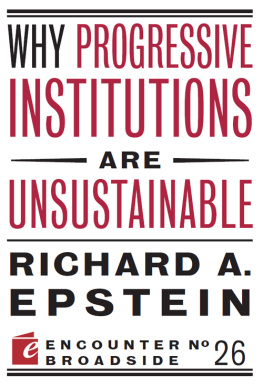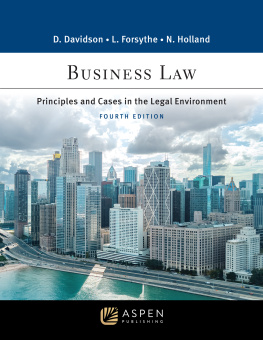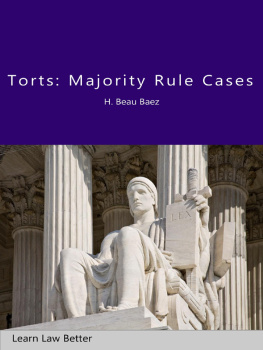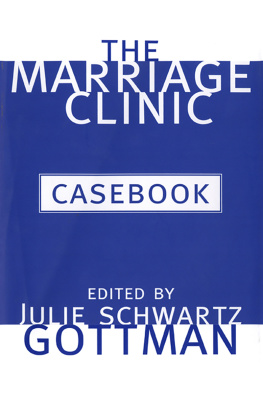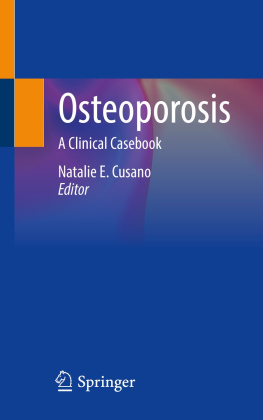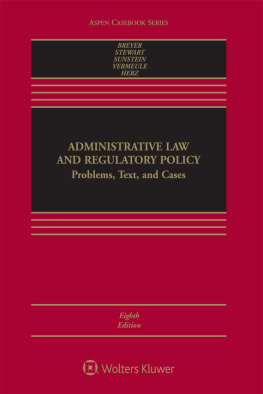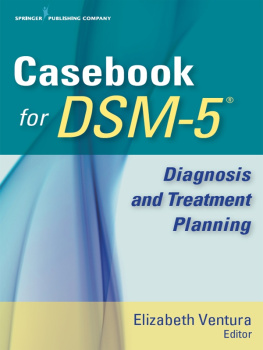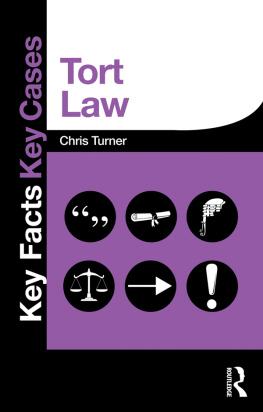Richard A. Epstein - Cases and Materials on Torts (Aspen Casebook) [Connected Casebook]
Here you can read online Richard A. Epstein - Cases and Materials on Torts (Aspen Casebook) [Connected Casebook] full text of the book (entire story) in english for free. Download pdf and epub, get meaning, cover and reviews about this ebook. year: 2020, publisher: Wolters Kluwer, genre: Romance novel. Description of the work, (preface) as well as reviews are available. Best literature library LitArk.com created for fans of good reading and offers a wide selection of genres:
Romance novel
Science fiction
Adventure
Detective
Science
History
Home and family
Prose
Art
Politics
Computer
Non-fiction
Religion
Business
Children
Humor
Choose a favorite category and find really read worthwhile books. Enjoy immersion in the world of imagination, feel the emotions of the characters or learn something new for yourself, make an fascinating discovery.
- Book:Cases and Materials on Torts (Aspen Casebook) [Connected Casebook]
- Author:
- Publisher:Wolters Kluwer
- Genre:
- Year:2020
- Rating:4 / 5
- Favourites:Add to favourites
- Your mark:
Cases and Materials on Torts (Aspen Casebook) [Connected Casebook]: summary, description and annotation
We offer to read an annotation, description, summary or preface (depends on what the author of the book "Cases and Materials on Torts (Aspen Casebook) [Connected Casebook]" wrote himself). If you haven't found the necessary information about the book — write in the comments, we will try to find it.
Buy a new version of this Connected Casebook and receive access to the online e-book, practice questions from your favorite study aids, and an outline tool on CasebookConnect, the all in one learning solution for law school students. CasebookConnect offers you what you need most to be successful in your law school classes portability, meaningful feedback, and greater efficiency.
Cases and Materials on Torts preserves historical and conceptual continuity between the present and the past, while addressing the most significant contemporary controversies in such fast-moving areas like public nuisance, global warming, and product liability, with new litigation against internet providers. Toward these dual ends, Richard A. Epstein and Catherine M. Sharkey have retained in the Twelfth Edition the great older cases, both English and American, that have proved themselves time and again in the classroom, and which continue to exert great influence on the modern law. Our book also provides a rich exploration of the dominant corrective justice and law-and-economics approaches to tort law, as exemplified both in the retained and new cases and materials.
New to the Twelfth Edition:
- Extensive new treatment of public nuisance cases to address the profound expansion of the once-sleepy area of public nuisance law into the realms of the opioid crisis, toxic torts, and global warming
- Major reconsideration of who counts as a seller in the chain of distribution for goods sold online with product liability updates for various forms of e-commerce, such as Amazons liability for defective products sold on its site
- Updates to incorporate two major new Torts Restatements on Intentional Harms and Liability InsuranceThe Reforms of the Michigan No-Fault Legislation
- Enhanced treatment of privacy in the era of Big Data to address trend of large data collectors like Facebook and Google to determine what is reasonable online, incorporating major privacy legislation such as Californias Consumer Privacy Act and the European GDPR (General Data Protection Regulation)
- Expansion of materials that address race and gender disparities in the setting of damages awards; and, in the realm of punitive damages innovative remedies directing some portion of the award to public interest groups
Professors and students will benefit from:
- Clear organizational framework of the book
- Important lines of cases that help understand legal reasoning and the evolution of precedent
- Inclusion of key academic commentary and elaboration of central intellectual disputes over the nature and function of the tort law
- Ability to pick and choose modules of interest such as defamation, privacy, and economic harmswhich are of increasing importance in real world of tort litigation
- Extensive notes with topic headlines that elaborate basic concepts and extend into the most complex contemporary issues facing courts
- Great attention given to cutting edge tort developments
Richard A. Epstein: author's other books
Who wrote Cases and Materials on Torts (Aspen Casebook) [Connected Casebook]? Find out the surname, the name of the author of the book and a list of all author's works by series.

![Richard A. Epstein Cases and Materials on Torts (Aspen Casebook) [Connected Casebook]](/uploads/posts/book/244338/thumbs/richard-a-epstein-cases-and-materials-on-torts.jpg)
